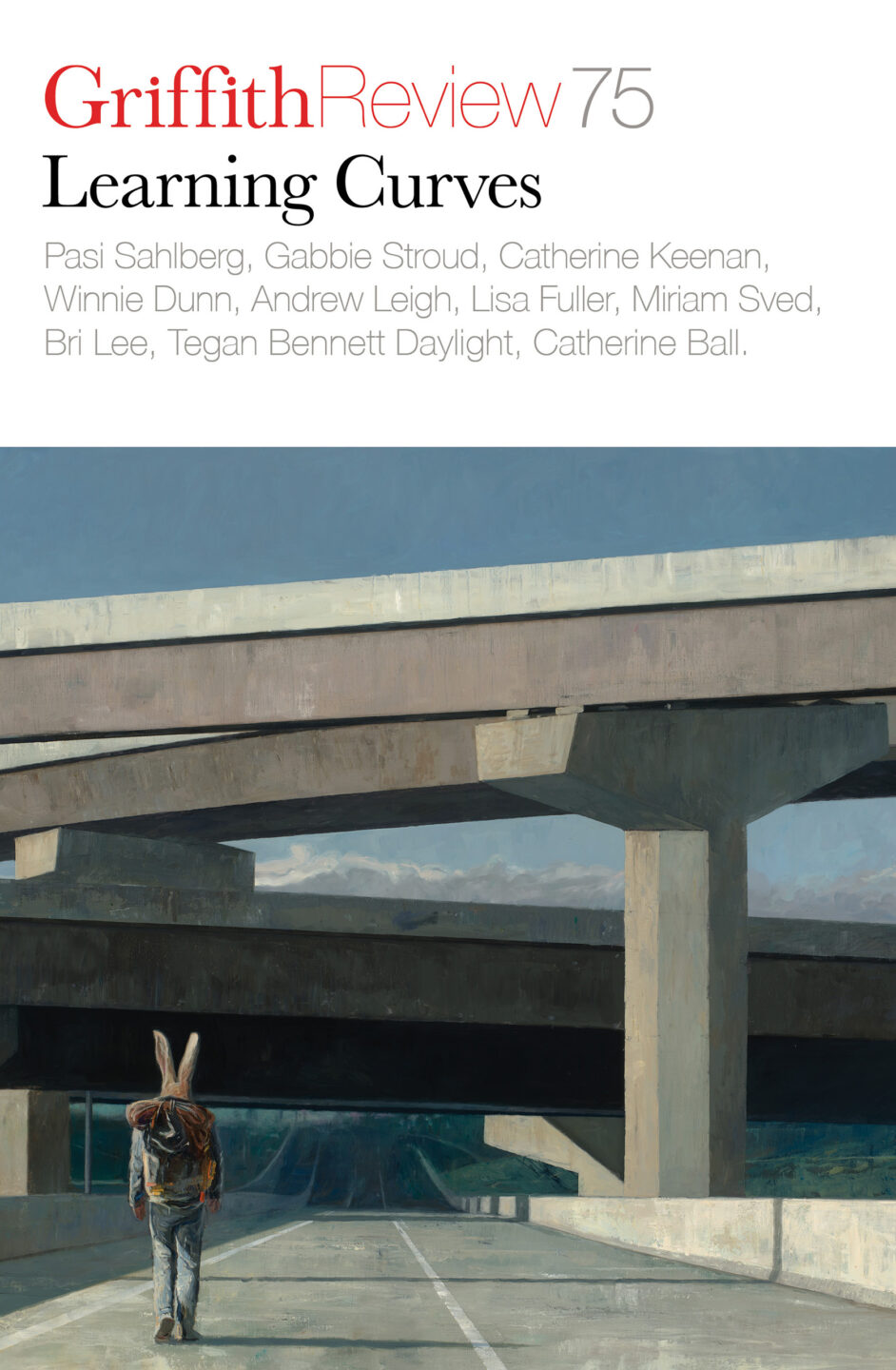IN THE LATE summer of 1912–13 a new public high school was established in Parramatta, on the western outskirts of Sydney. The local newspaper, The Cumberland Argus, followed its early growth with excitement. One report described it as ‘the people’s school’, contrasting it with the older, fee-charging non-government providers of secondary education in the area. Another declared that it would become ‘the Oxford of Australia’. State high schools were rare in Australia at that time and not well understood. Local civic leaders, expressing excitement that their town had been chosen for this new, modern institution, helped to organise a series of celebrations – for the school’s first week in 1913, for the laying of the foundation stone in 1914, for the opening of purpose-built premises in 1915. At each of these events, speeches were made that explained what a modern high-school education had to offer a certain type of ‘boy or girl’. The Parramatta High School, according to one newspaper report, ‘offers an opportunity for ambitious boys and girls such as they have never had before in this district. The University, the professions, the Public Service are all within reach; the special aim of the school is to help students to qualify for them. All that is required is grit and self-sacrifice on the part of the pupils – and their parents.’ The location of the school in Parramatta was interpreted as an endorsement by the NSW state government of the town’s status as a prosperous modern commercial centre.
Schools and schooling so thoroughly saturate our lives in the twenty-first century that it seems hardly possible that a local high school could be a novelty, or that people might need to be told, almost from first principles, what to expect of it. The new high school at Parramatta would in some ways be very recognisable to a twenty-first century observer – although in other ways not very much at all. By the 1910s compulsory schooling laws were reasonably well established in each of the Australian states, but although most non-Indigenous kids spent at least five years at school, very few stayed beyond the finishing age of about fourteen and attendance was likely to be more regular in cities and larger towns than in the country. Several elements of schooling that are now considered common sense had not yet been invented, including strict age grading and an automatic transition from primary to secondary school. In NSW, Aboriginal children had limited formal rights to public education, especially before the 1940s, and access in the other states and territories was uneven. Children with disabilities were often excluded from ‘mainstream’ schools, as were young people who were categorised as ‘delinquent’.

Already a subscriber? Sign in here
If you are an educator or student wishing to access content for study purposes please contact us at griffithreview@griffith.edu.au






